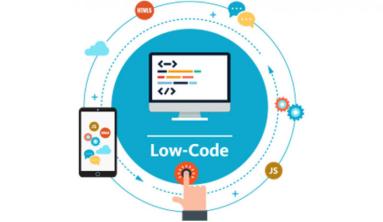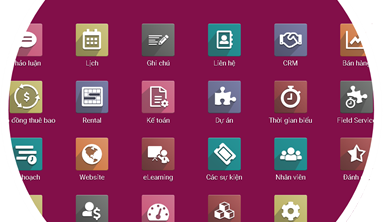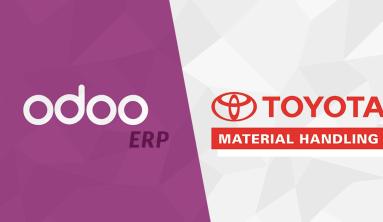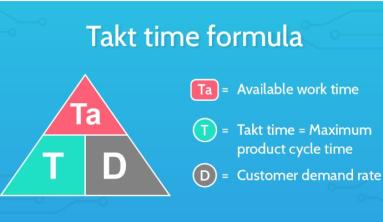In my previous article, I utilized the bicycle business as an example to explain how ERP helps organizations to improve efficiency and profitability by automating tasks and providing real-time data access.
In this article, we use the bicycle order process as an example to highlight the differences between ERP and non-ERP systems. Through an examination of the bicycle order process, we can explore the distinguishing features of ERP systems compared to non-ERP systems and their impact on operational efficiency.
Without an ERP system, the Sales department in the bicycle business faces challenges when receiving an order for a specific bicycle model.
For instance, when the business receives an order for a specific bicycle model:
- Sales department manually communicate the order details to the Inventory department, which lacks real-time visibility into stock levels and communicate the same to the sales department.
- Consequently, when the Sales team discovers that the required model is unavailable to fulfill the order, they resort to manual communication with the Procurement department, which can lead to potential delays and miscommunication.
- The Procurement department manually creates purchase orders and tracks the procurement process.
- Moreover, the finance department faces challenges with expense management, and the absence of an ERP system hampers the Customer Service department’s ability to provide customers with accurate order status and delivery information.
Moreover, relying on Excel sheets for data management increases manual errors, data inconsistency, and limits scalability. The lack of integration between departmental tools hampers real-time data availability, collaboration, and poses security risks when sharing data across departments.
With an ERP system in place, the dynamics between the Customer Service and Sales departments in the bicycle business undergo significant improvements.
With the implementation of an ERP system, the organization gains real-time visibility into inventory levels, production status, and customer orders. For instance:
- when a customer contacts the Sales department to inquire about product availability, the representative can instantly access the ERP system to check inventory levels and provide accurate information.
- This real-time data empowers both departments to collaborate effectively, enabling the Sales department to accurately process orders, provide up-to-date order status information, and ensure timely delivery.
- The Customer Service department can promptly address customer inquiries, access order details, and provide accurate updates, resulting in enhanced customer satisfaction and streamlined sales operations.
In conclusion,
Implementing an ERP system can have a transformative impact on business operations. By automating tasks, providing real-time data access, and promoting collaboration across departments, ERP systems significantly improve efficiency and profitability. In contrast, relying on non-ERP systems leads to manual errors, data inconsistency, limited scalability, and challenges in providing accurate and timely customer service. With an ERP system in place, organizations can experience streamlined sales operations, enhanced customer satisfaction, and a more agile and productive work environment. Ultimately, ERP systems are the key to unraveling data chaos and unlocking the full potential of organizations across industries.
Thejaswiniram
Via medium






